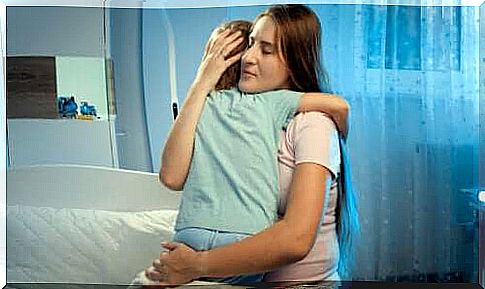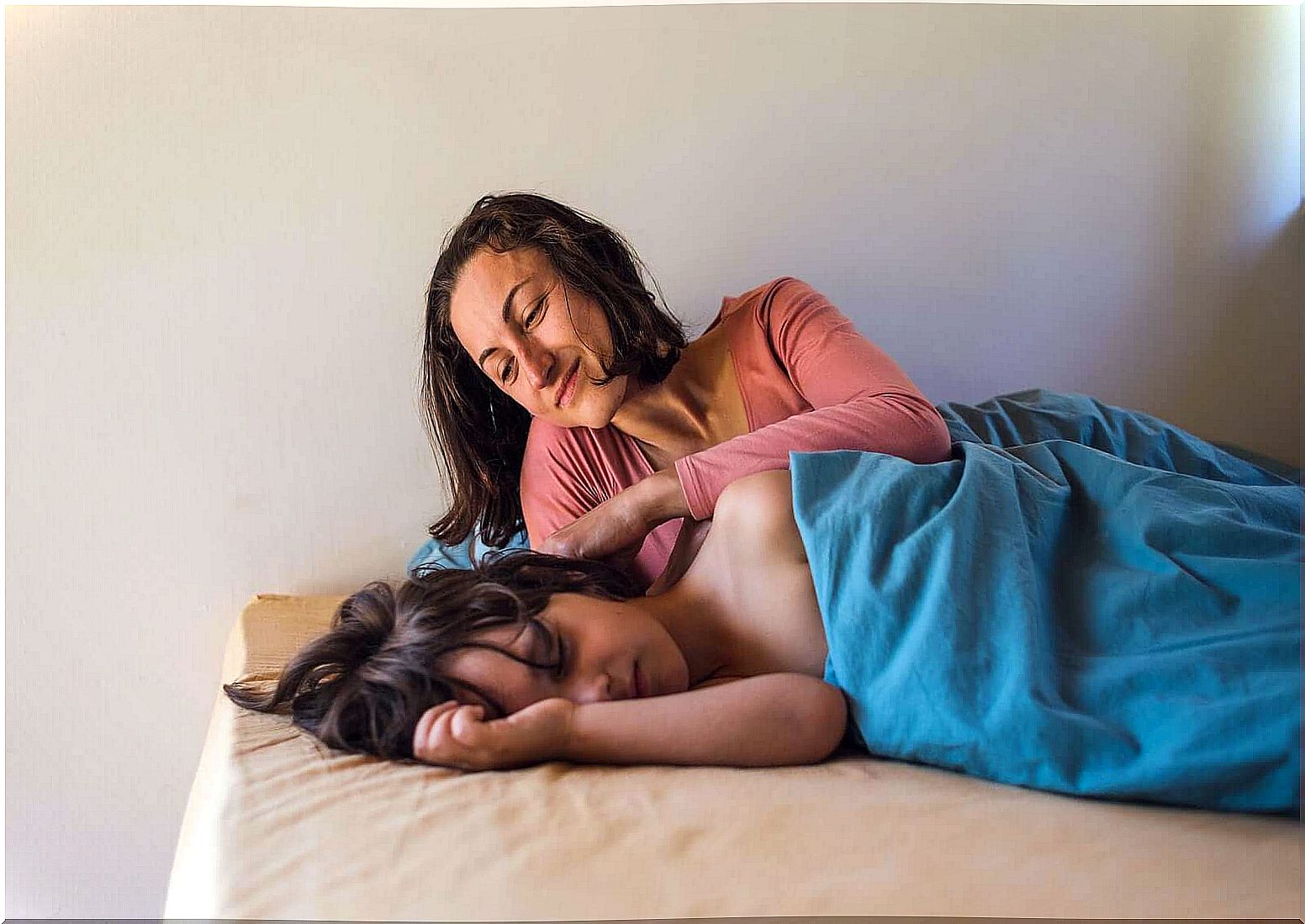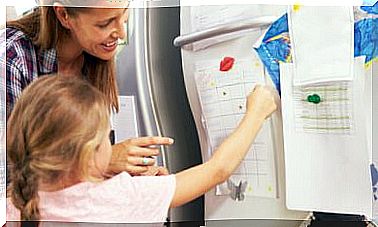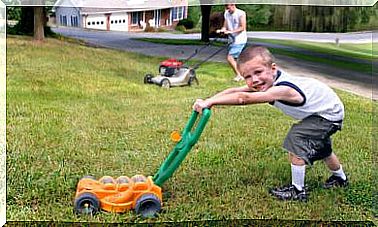The Visualization To Help Children Sleep

If sleep is a fundamental process for all people, it is even more relevant in children, since the little ones are in the process of development. Not sleeping enough hours in relation to what is established for the age can cause daytime sleepiness, poor school performance and behavior problems.
In addition, difficulty sleeping can cause a high level of discomfort that gives rise to fear and leads the child to avoid bedtime. In these cases, visualization is a simple technique that gives good results.
It may seem that insomnia is a problem unique to adults, but it affects more than 30% of the child population. Little ones also experience worries and fears, and those with more anxious temperaments may have special difficulty sleeping. Therefore, teaching children tools that are appropriate for their age and maturity level can prevent this problem from spreading and persisting over time.

What is visualization?
Visualization is simply creating imaginary mental scenes. This is something we all do constantly when we imagine our future or anticipate how a situation might turn out. In addition, children, due to their greater creative capacity, find it easy to imagine scenarios.
The problem arises when such images are negative or anticipate a possible risk, problem or failure. For example, if the child thinks that something bad is going to happen to his family, that he will make a fool of himself in the oral presentation in class the next day, or that he will be rejected by his peers. These mental images cause worry, anxiety and discomfort. And if they occur before bed, falling asleep will be very difficult.
Thus, deliberate visualization consists of imagining pleasant, peaceful and positive scenarios. It involves a mental immersion in a scene that generates sensations such as tranquility, joy or satisfaction.
Why does visualization help children to sleep?
Bedtime visualization can help children fall asleep for a variety of reasons. Among the main ones are the following:
- It favors the relaxation of the body and the release of tension, agitation or hyperactivity.
- It directs the mind to positive and pleasant thoughts. Therefore, there is no longer a place for the child to think about those fears and worries that keep him from falling asleep.
- Difficulty sleeping can increase your child’s anxiety as the minutes pass and he realizes he is still awake. Focusing on visualization will keep you from being aware of the time it takes to fall asleep.
- In addition, visualization can be used for a variety of positive purposes, such as increasing a child’s self-esteem, helping them to overcome fears, or getting rid of worries. That will depend on how the story is created. For example, she might be guided in a visualization through a forest inhabited by a magical tree that asks her to hang her worries on its branches and leave them there.
How to teach children to visualize?
It is true that we continuously visualize. However, learning to do this at ease is not always easy. That’s why guided views can be a very good alternative. On the internet, you can find numerous videos and apps with guided views for children, which accompany them in the process of creating pleasant scenes.

But you can also choose to do this yourself. When your child is in bed, play relaxing music in the background with nature sounds or soft melodies.
Keep the light dim and start telling the little one a story as if he were living it in the first person. You can take it through an enchanted forest, beach or countryside. Any relaxing natural environment is suitable.
Help the child through the narration by making him dive into the scene. Explain the smell of flowers, the sounds that can be heard from nature, what can be observed along the way… You could even say that it is possible to talk to trees or animals. There are no limits to imagination!
Over time, the child will learn to create their own visualizations and will not need your guidance to practice this technique. In addition, she can do this anywhere, even when sleeping away from home, as she will only need her imagination. In addition to being effective, it is a fun and light strategy for children, who tend to accept it easily.









